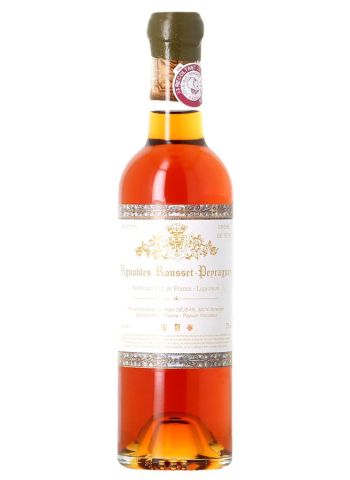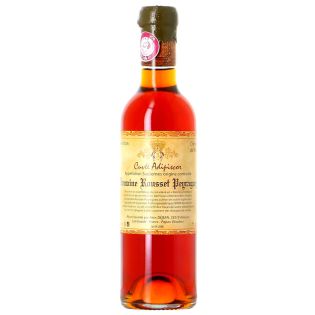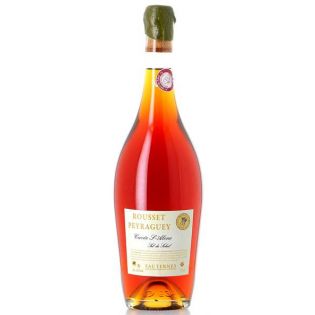
EN RUPTURE
Bio
Crème de Tête 37,5cl - 12 ans de barriques
2010
French wine
Color
White
Grape variety
Sémillon, Sauvignon et Muscadelle
Capacity
Half bottle 37,5 cl
€23.90
Out of stock
Your bottles are delivered within 48 hours in a reinforced package.
Are you a registered customer? Earn 48 rewards points and 48 benefit points with the purchase of this bottle.
And to finish More Information
SKU
9586
Name of wine
Crème de Tête 37,5cl - 12 ans de barriques
Vintage
2010
A venir
No
Limited production
No
Consumption recommendation
2023 - 2043
Alcohol degree
14
Capacity
Half bottle 37,5 cl
Original packaging
6
Certified Viticulture
Biodynamics
Colour
White
Contient des sulfites
Yes
Type of product
Wine
Country
France
Region
Not reported
Appellation
French wine
Domain
Rousset Peyraguey
Sweetness index ( Scale from 1 to 9 )
9 Liquid
Dominant style
Complete - Harmonious
Grape varieties
Sémillon, Sauvignon et Muscadelle
Dominant grape variety
Sémillon
Grape variety
Muscadelle, Sauvignon, Sémillon
The Estate Rousset Peyraguey
Alain Dejean's wines from Domaine Rousset Peyraguey are made using biodynamic methods and are aged for a long period of time. They have incredible depth, freshness and complexity, and can easily compete with the greatest wines of the appellation... at prices that are, to say the least, honest...
To be discovered as a matter of urgency for lovers of great sweet wines...
The Estate Rousset Peyraguey
It's obvious Our engagements
Fair Price
The right price for the entire selection, all year round... + 2% discount in loyalty points on each purchase!
Cutting edge selection
Designed for the amateur, novice to expert, a cutting-edge offer of the best vintages from the best winegrowers, from all regions of France and beyond.
Careful shipping in 24/48h
Your bottles are shipped within 24/48 hours in a reinforced package, in France and in 25 European countries.
2000 Food and wine pairings
Each wine is accompanied by recommendations of service and food-wine pairing
Loading...




